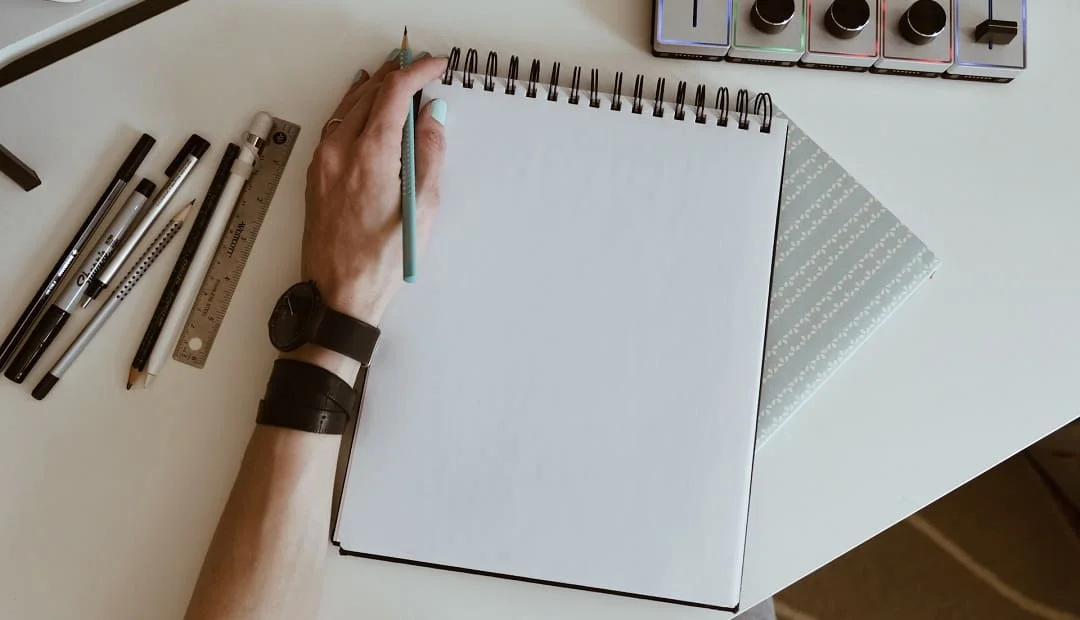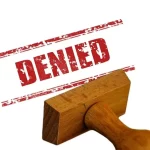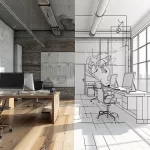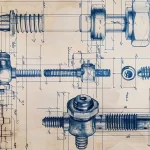Common Guidelines for Patent Drawings Across Jurisdictions (USPTO, EPO, PCT)
- May 12, 2025
- By Sarita Thomas
- Read 3 minutes
High-quality patent drawings play a critical role in clearly disclosing your invention. Whether you’re filing with the USPTO, EPO, or under the PCT route, adhering to formal drawing requirements is essential to avoid objections or delays. While each jurisdiction has specific preferences, but there is a substantial overlap in their guidelines. Understanding and complying with these common standards will ensure global acceptance of your patent illustrations. Of course, you should consult a professional illustrator or patent analyst to ensure the drawings are strictly complaint to specific jurisdiction you prepare the draft for.
Here’s a consolidated overview of key requirements shared across major patent offices.
1. Color Usage
Patent drawings are typically required in black and white. Colored drawings may be submitted only in exceptional cases and usually require prior approval. Grayscale is generally not accepted.
2. Sheet Size and Margins
Accepted paper sizes include:
- A4 (21.0 cm x 29.7 cm) or
- US Letter (21.6 cm x 27.9 cm)
Mandatory blank margins:
- Top: 25 mm
- Left: 25 mm
- Right: 15 mm
- Bottom: 10 mm
These margins must remain free from borderlines, numbering, or any artwork.
3. Required Views
To fully disclose an invention, multiple views should be included. These may consist of:
- Front, Rear, Left, and Right Views
- Top and Bottom Views
- Perspective / Isometric Views
- Detailed / Enlarged Views
- Sectional and Partial Sectional Views
- Exploded and Assembled Views
- Alternate Position Views (in dashed lines)
Important Notes:
- Avoid centerlines unless necessary.
- Exploded views must include brackets to enclose separated parts.
- For partial views across multiple sheets, include a smaller-scale overview that shows how the parts fit together.
- Sectional planes must be marked with broken lines, numbered, and directed with arrows. Use hatching to indicate cut surfaces.
4. Graphic Elements
Drawings may include:
- Chemical or mathematical formulas
- Tables
- Computer program listings
- Signal waveforms
Each must follow drawing formatting rules and be labeled clearly as separate figures.
5. Orientation and Layout
- Views should be in portrait orientation, read from bottom to top.
- Landscape orientation is acceptable if required, with the top of the sheet on the right.
- All views on a sheet must face the same direction.
6. Drawing Scale
- Do not indicate the scale on the drawings.
- The scale must be sufficient to preserve clarity even after 2/3 reduction.
7. Line Quality and Clarity
- All lines, text, and numbers must be black, durable, dense, and uniformly thick.
- Use varying line weights only when they carry technical significance.
- Avoid faint, broken, or smudged lines.
8. Shading and Surface Indication
- Shading is encouraged to represent surfaces (e.g., spherical or conical shapes) if it improves clarity.
- Shading must not interfere with reference characters.
9. Reference Characters
- Use Arabic numerals wherever possible.
- Must be upright and not intersect with lines.
- Minimum height: 0.32 cm
- Avoid enclosing them in brackets or quotation marks.
- Do not place them on shaded or hatched areas unless necessary—if so, break the hatching around them.
10. Lead Lines and Arrows
- Lead lines must be straight or curved, as short as possible, and should not cross.
- Each reference character must have a lead line, unless placed on a hatched section—then it must be underlined.
- Arrows may be used:
- To indicate direction of movement
- To point to entire sections
- To show visible surfaces
11. Sheet Numbering
- Number all drawing sheets using Arabic numerals, centered at the top (but not within the margin).
- Use the format: 1/3, 2/3, 3/3, etc.
- Sheet numbers should be larger than reference numerals to avoid confusion.
12. Front Page View
One view should be appropriate for publication on the front page of the patent application. This is usually a clean perspective or assembled view that gives an immediate understanding of the invention.
Non-compliant illustrations can delay examination or result in costly corrections. Trusting experienced patent illustrators who understand the fine details of these complex rules can streamline your patent application process and present your invention with clarity and precision. This can avoid costly office actions.
Need help with professionally compliant patent drawings?
Our expert illustrators deliver drawings that are accurate, standards-compliant, and ready for global submission at affordable price globally. Contact us today to order o learn more.







